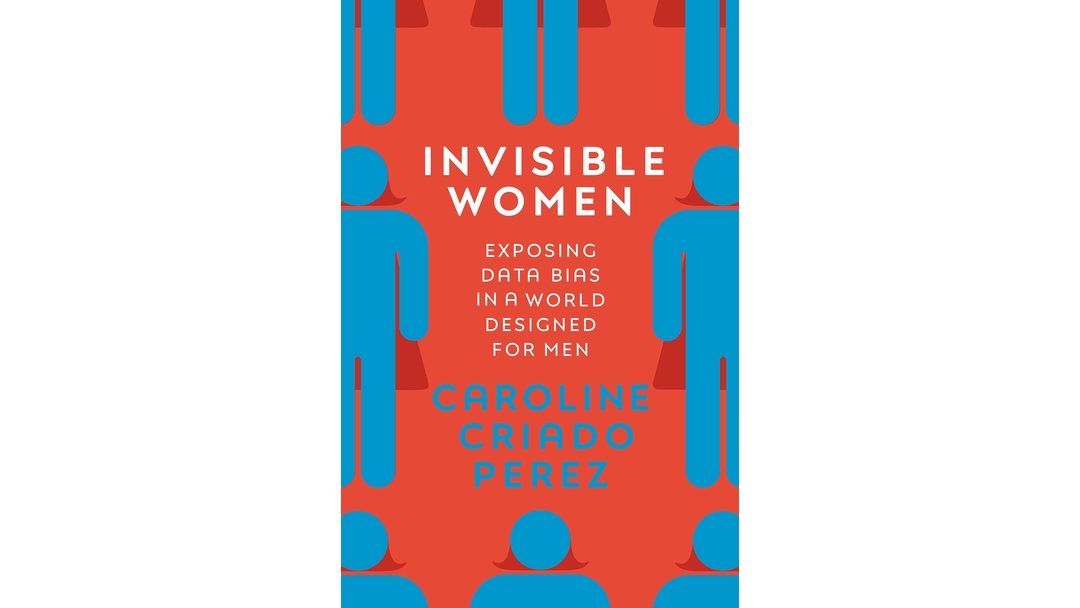We currently live in a world where women are 47% more likely to be seriously injured in a car accident because test dummies used in car testing are based on the male body, and the lack of female participants in medial trials allows for devices that are not developed with female anatomical differences in mind to be implanted into thousands of women each year, leading to many avoidable deaths. It is clear that there is a gender data gap, which has come about because the ‘average person’ is all too commonly referring to the ‘average man.’
The gender data gap affects us all, however the roots of the problem and the widespread influence it has in almost every aspect of society is rarely discussed or even acknowledged by mainstream media. Whilst this book may not be a light read, I would highly recommend it to anyone looking to understand how to navigate a world “designed for men.”
Reviewed By: Abbie Oakes, Technical Intern, Women in Tech forum
November 2020
The work by Caroline Criado Perez the Invisible Women is extremely eye-opening and full of stark stats that revolve around disadvantages women face due to data bias in a world designed by men.
The book itself is less like a book rather like a stats-based case study. It is a lot more study based, all studies and statistics on worldwide data based on an absolute plethora of topics. It is not an anecdotal text at all – rather based on years and years of cultivated data thus making it a very heavy read.
However, there is so much one can learn from this study. Such as gender bias. Yet rather on conscious gender bias, Perez focuses on the stark unconscious gender bias holding women back. A lot of the dilemmas highlighted in the book are not done intestinally, instead practises have been done for so long people forget and do not realise the bias of it all. This translates into medical studies; women are more likely to die from a heart attack. Because the medical studies that have been done are the effects of a heart attack on a man’s body, but men and women are built differently, muscles are held in different areas our skeleton structures are different as well as displaying different symptoms of a heart attack than what a man can display.
This study also highlights that women are also more likely to have been diagnosed with mental health issues where they may have an actual underlying a different medical complaint, but they are often misdiagnosed in a mental health capacity due to their symptoms and the teachings of medical professionals. This is because the majority of medical trials and studies have been orchestrated on male bodies and thus the male symptoms, which instantly disadvantages 50% of the population.
Perez digs further than medical studies into crash dummy tests too. For example, crash dummies are built like a male body (as an average male body, which does not exist). Men are all different as are all women. However, men and women hold muscles in different areas and thus women are more likely to be pushed into a steering wheel than a man – resulting in different injuries in a car accident. In the end, cars are designed towards men’s skeletons and muscles thus designing a car and the impact that it would have on a man. This, therefore, means that women are more likely to die in a car accident.
There are huge gaps in research across all boards even when looking at technology. A lot of the data is collected from men and that leaves women again at another disadvantage. Of course, some of the bias is less unconscious than others for example how women are treated in different countries with regards to sexual assault. In this case, rather it is an unconscious bias, some countries use it as a control mechanism.
Overall, the study (book) is worth a read if you are interested in knowing more about the world. This book is not trying to push an ideal against men, rather a read on facts, figures and studies.
Reviewed By: Saum Roohani, Business Development Associate, Women in Tech forum
April 2021
Get your copy here:

